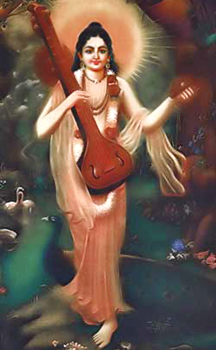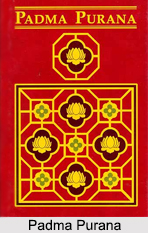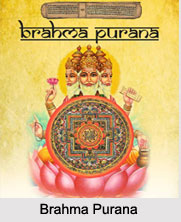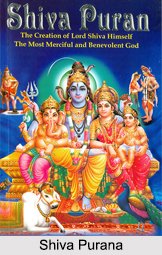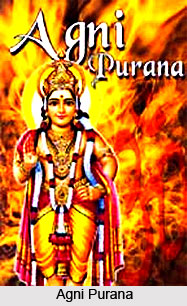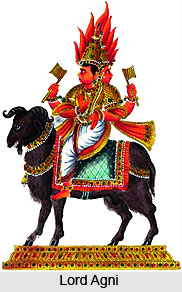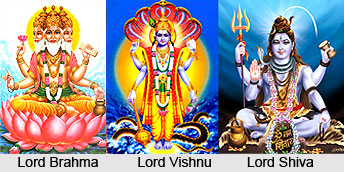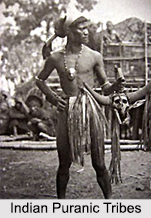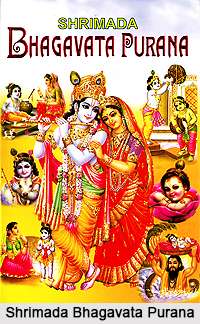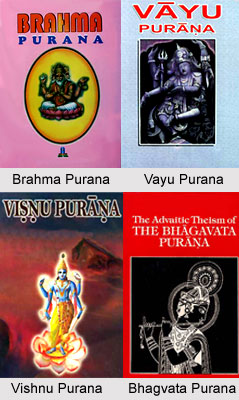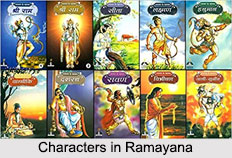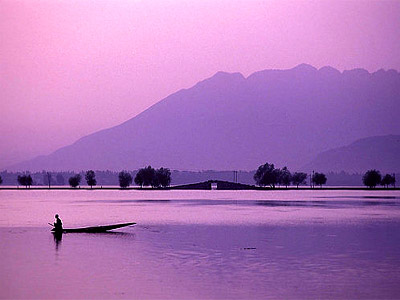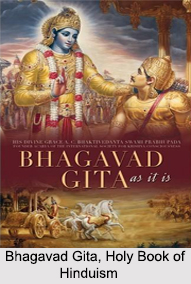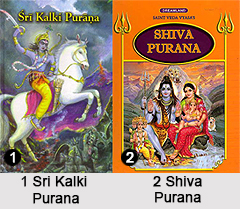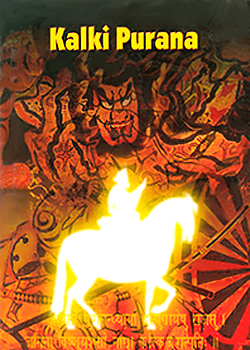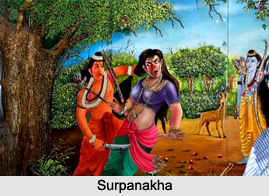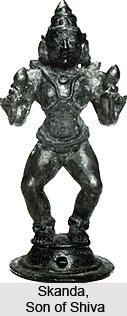 Skanda is an image, which formed part of a Somaskanda group standing between Shiva and Parvati. In the South Indian sculpture, such skanda groups are very popular. This enables to identify this image easily.
Skanda is an image, which formed part of a Somaskanda group standing between Shiva and Parvati. In the South Indian sculpture, such skanda groups are very popular. This enables to identify this image easily.
The image of Skanda is shown holding a lotus bud in each hand and represents one of the sons of Shiva as a child. There are various versions regarding the conception and birth of Skanda. According to such a story, it is said that the gods became impatient seeing the almost incessant love play between Shiva and Parvati and the vigour with which it was carried out. On their request, Shiva agreed to end the love play but asked them what was to be done with all the semen that had been discharged. On their advice Shiva kept the semen on the earth and it was later consumed by Agni. Soon after that, Agni started to regret thinking why he had done so as it decreased his own powers. But he was afraid to throw it away as its fire could then burn the whole world. He then requested the goddess Ganga to accept it as her waters would hold back its fire. She agreed to accept it at that time but later, it became a burden for her too. So, she went to Brahma to seek help to get rid of this semen. When Brahama came to know about the source of the semen, he advised her to go to the mountain of the rising sun and put it on to a pile of special grass. This semen, after 10,000 years became the infant Skanda.


